-
About
- About Listly
- Community & Support
- Howto
- Chrome Extension
- Bookmarklet
- WordPress Plugin
- Listly Premium
- Privacy
- Terms
- DMCA Copyright
- © 2010-2025 Boomy Labs


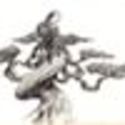 Jeramiah Pearce
Jeramiah Pearce
Listly by Jeramiah Pearce
A list of pages from Minnesota Bonsai Network.

Minnesota Bonsai Network was established as a place where bonsai enthusiasts from around the region and other cold zones can come and learn how to do bonsai in our climate. As I learn and find more useful information I will add pages or update the pages that are already here.
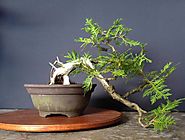
These are 5 basic bonsai styles. Each of these styles can have many different variations, but we should start with the basics.

If bonsai soil is not the most arguable topic discussed in the bonsai community, then I am not sure what is. There are just as many recipes for bonsai soil as there are for cake in a Betty Crocker cookbook. If I had ten recipes for cake and I have 100 people, everyone will have a different favorite.
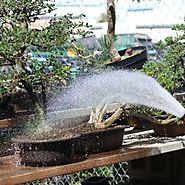
Watering bonsai is a simple task, but there are so many different factors that turn this simple task into a complex one. Water is one of the basic elements that we look for when we are looking for life as we know it. Without water your bonsai will die.
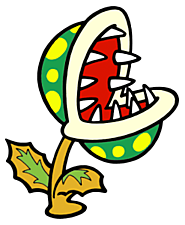
First off there is no such thing as "Bonsai Fertilizer." Please do not be duped into paying extra for something just because it has the word "bonsai" on the label. The ideal fertilizer is one that is balanced. Meaning the NPK is equal. (Example 10:10:10).

Bonsai pots compliment the bonsai, kind of like the tie compliments the suit. The pot should not outshine the bonsai and the bonsai should not outshine the pot, but they should work together to harmonize the complete image. There are all kinds of pots out there for all kinds of bonsai.
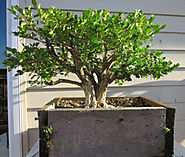
Well we are in the final weeks of March and people are most likely thinking about repotting bonsai that they own. I personally have two trees that I want to move into bonsai pots and three junipers that are currently in 7 gallon nursery cans that I need to make boxes for.
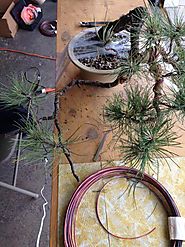
To me bonsai wire is like a paintbrush and the bonsai is the canvas. After all, as bonsai enthusiasts we are practicing the art of bonsai. Wire is wrapped around the trunk and branches and allows us to manipulate and position them to "paint" the tree that we envision.
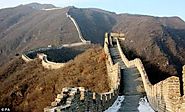
Designing bonsai is like painting a picture. You have to think about proportions, balance and the harmony of the overall composition. How real does the tree look? Does the design of tree tell a coherent story? There are four things that go into a bonsai design and I will call them influences.
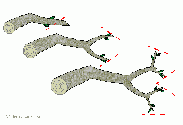
Branch structure in bonsai is just as important as any other part of the tree. There are a number of things to think about when it comes to branch structure and they are as follows.
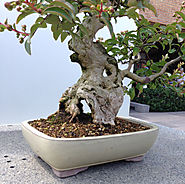
Deadwood on bonsai adds interest and curiosity to your tree. When creating deadwood you have to remember that trees in nature don't just have random deadwood. There are patterns and a reason for the deadwood to be there. So on a bonsai as an artist you have to stay with a pattern, create that story of why.
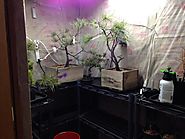
You read a lot of information out there on how to prepare a bonsai for winter. The only thing is most of these people that write those articles on Bonsai winter care do not live in our lovely Zone 4, but in warmer zones.
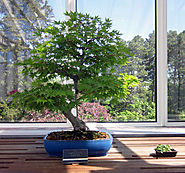
I feel that there are enough deciduous bonsai to lump them all into one category. obviously the different species require different care and training, but my goal here is to give a general rundown. I can't claim to know a lot about bonsai but I do know people who do.

When most people hear Bonsai they either ask what is bonsai or they think of a bonsai that they have seen in a movie or someplace else. I personally assume that they are always thinking about a Juniper Bonsai. Junipers are a pretty common and relatively easy source of material to use for bonsai.

Pine bonsai to me have always been intimidating. Now they are just confusing. I decided last year to take the plunge into Pine bonsai. I purchased two Ponderosa Pines from Andy Smith's burlap bonanza sale and when I visited him last summer I picked up one more.
